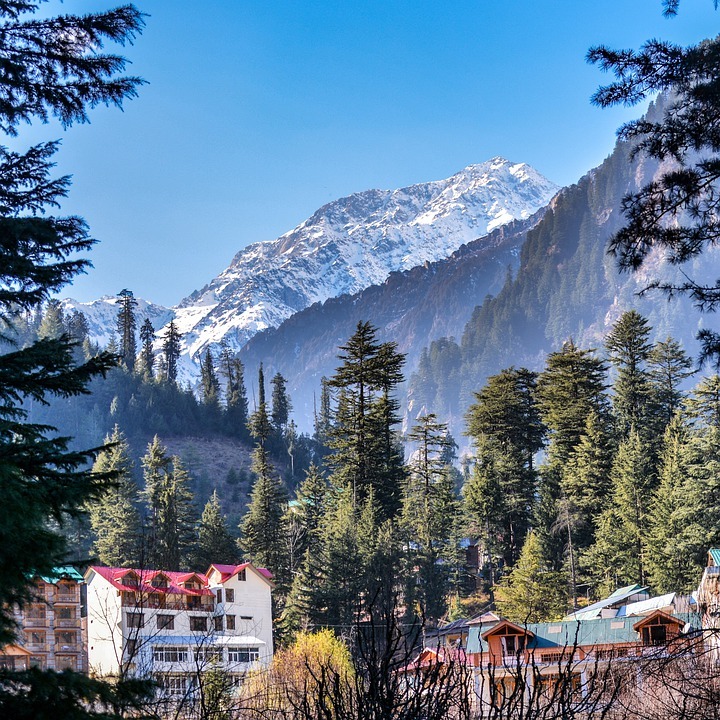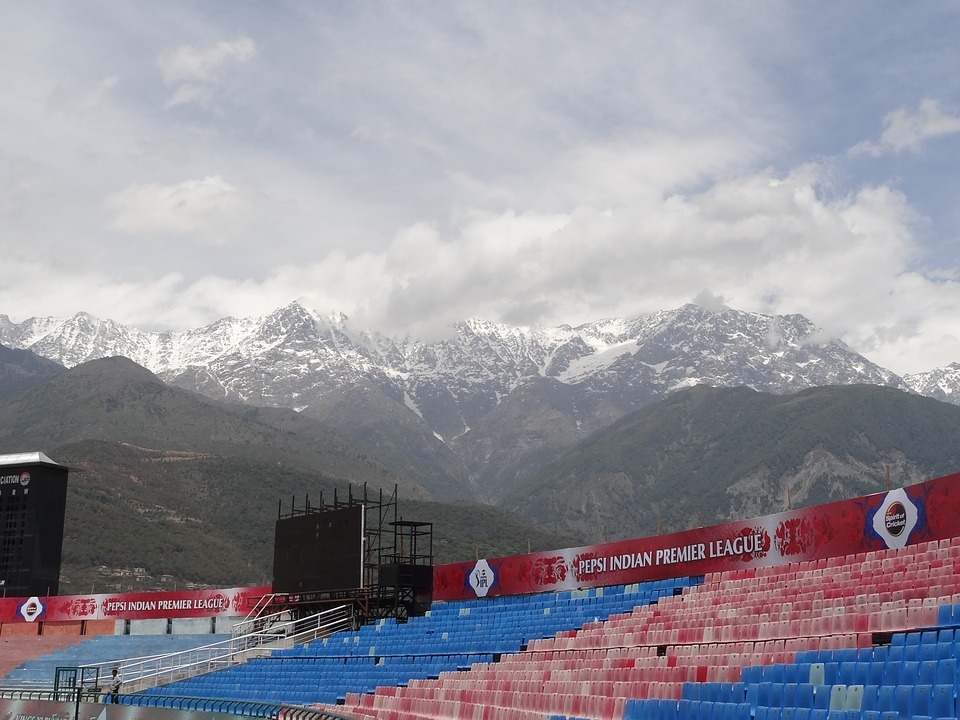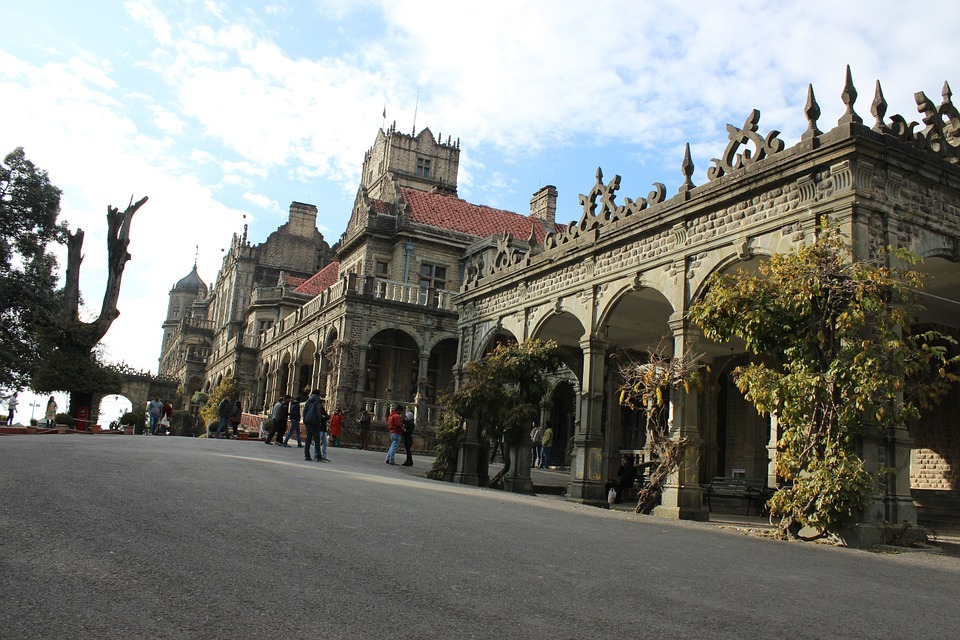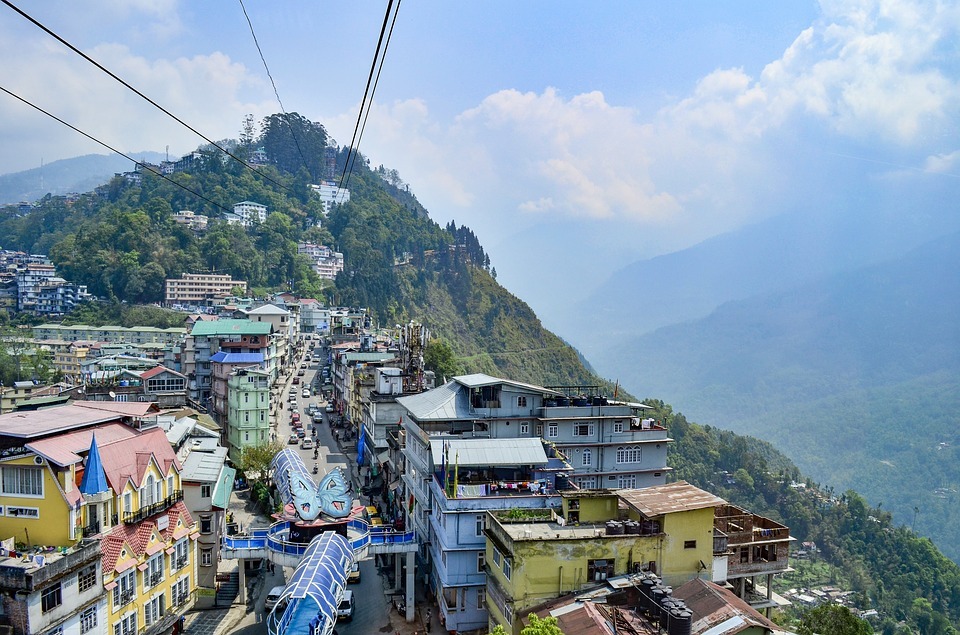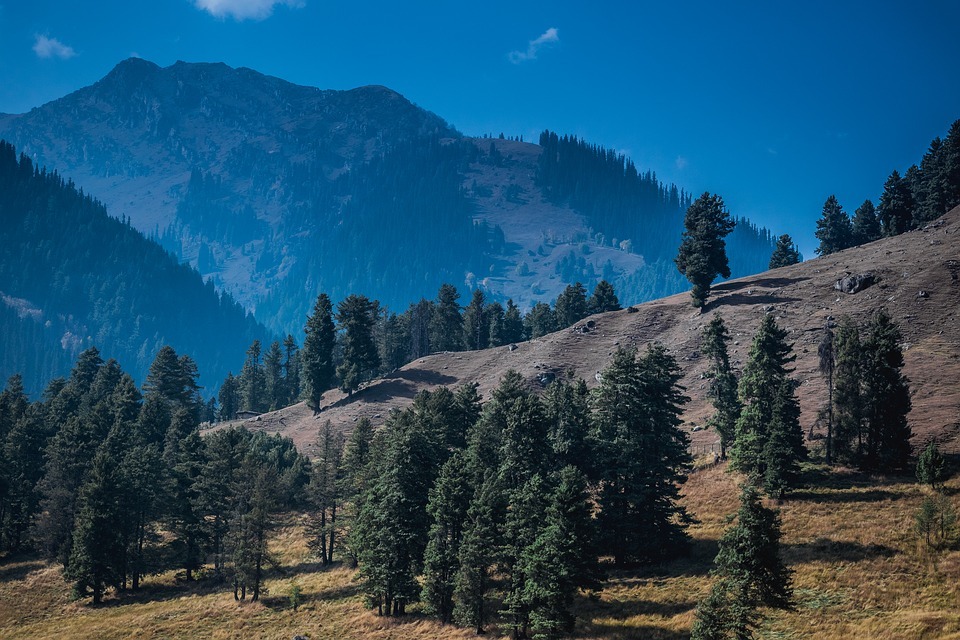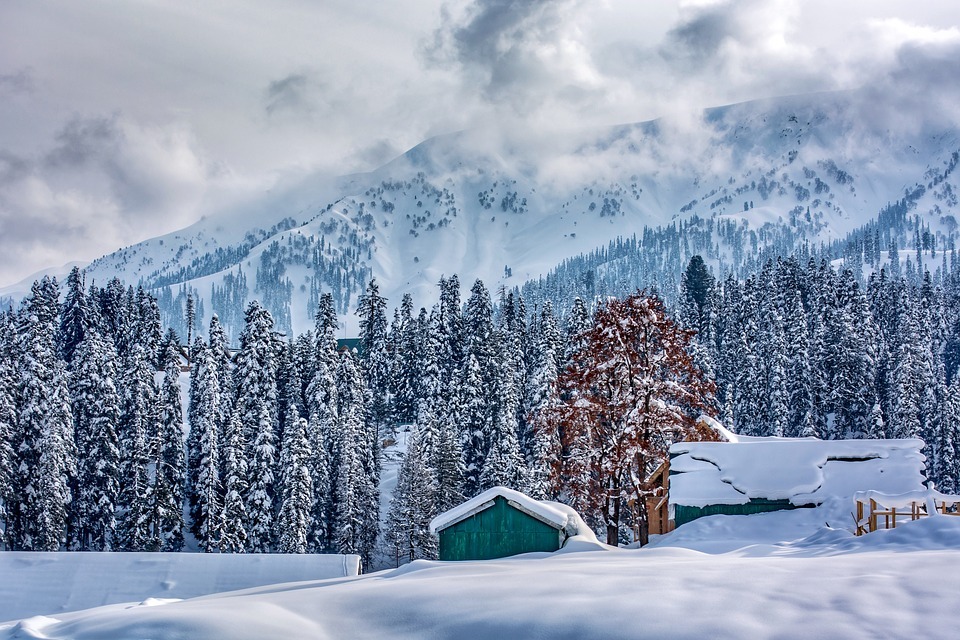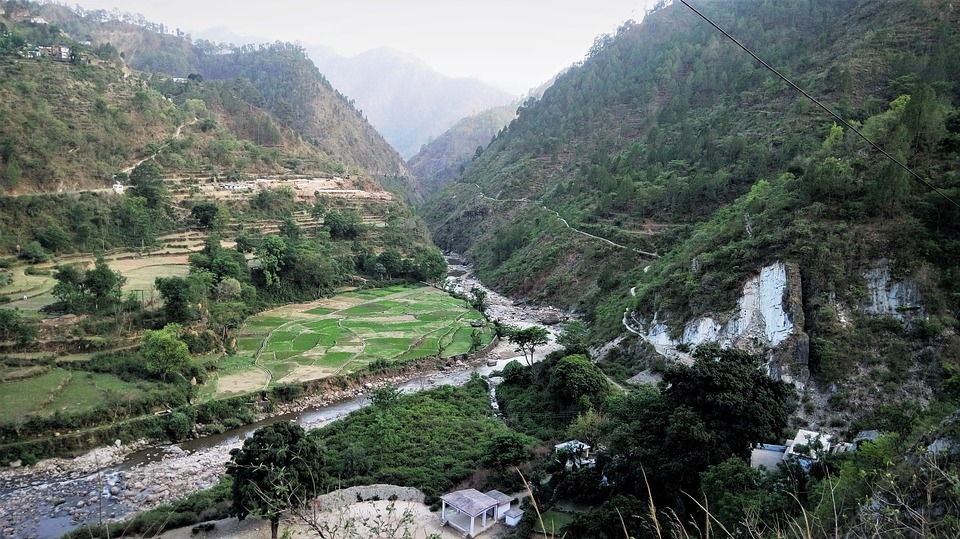There are other sites fairly competing with Couchsurfing but the online platform has existed for the longest time hence large clientele and trust from hosts and travelers. These sites were started by people who got tired of spending their holidays at hostels ( Read Myths About Staying In Hostels )
Besides, the founders of this idea were driven by the need to connect with the communities. The need to go deep in new places and discover the culture of the locals can only be possible if you make friends with the locals.
Couch surfing is not for saving on your accommodation expense! Although it automatically comes in, you should be driven by more than cutting costs. The sites offer you a great opportunity to make new friends, connect with a new environment, and deeply engage and participate in a new culture.
As a traveler, the post of your intention to travel to a specific destination and ask if there is anyone ready to host you. Hosts are readily available to respond to your requests. The service is popular today in the tourism industry.
However, some people complain of no responses to their requests sent to hosts. It all depends on your approach! In fact, I would not respond to an email if you give me a reason to think you are creepy and looking for a way to avoid paying for the hotel and probably food.
The essence of host-traveler services on couch surfing is to encourage social activities and interaction with members of the community you are visiting, not cutting costs.
On the least, your profile has to complete and updated. Show that you care and interested in knowing and helping the community. Here are some tips on how to succeed at couch surfing:
Get Recommendations and Reviews
Couch surfing allows posting of reviews and recommendations from friends, previous guests, and other hosts. Of course, the more positive reviews the better. Reviews give you an idea of the host and what to expect.
If most of the reviews indicate the host is fun and safe, you would want to request to stay there because you will probably enjoy your sat too. No one wants to go to a creepy host.
In the same way, hosts need to be sure you are not creepy or will steal from them. it is important to get positive reviews from previous hosts as well as people you’ve met in couch surfing.
If you are new on the platform, get friends to post positive reviews about you and recommend you as a friend. Friends on the platform with positive reviews can help you get a good host.
Update your Profile Pictures
Your profile picture should be as recent as possible. Let it match your age; if your profile indicates you are 25 years old, the photos should correspond. This shows a host you are active and a real person.
Besides, upload photos of your travels and fun with friends. No one wants to host an unsocial traveler. Photos of your previous trips prove that you are a traveler ( learn about photography ), out to have fun and meet people. The more photos you upload the better.
Detail Your Profile
It is important to complete every aspect of your profile; it shows you are serious on the site. You can also go to the extent and add details about yourself in a descriptive manner.
Hosts want to have an idea of the traveler they will be hosting. Do not keep your potential host guessing of who you are based on the email you sent. You two are strangers, a host would want to feel secure and convinced before replying to your email.
Be a Host First
One of the ways to win a host on your next travel is showing you are a great host too. This not only posts positive reviews on your profile but also instills confidence in your potential host. It portrays you as a generous and fun loving person. No one would turn you down.
Hosting someone does not necessarily mean having them in your house. You can act as a tour guide and help a traveler by showing them around town. Take the traveler to a party or bungee jumping in your region. A positive review from a traveler is a sure way of getting hosts.
Attend Meet-ups
Social proof is one of the key requirements on couch surfing. The idea is not only to travel and staying with people but being part of a community. Even if you are not traveling, take time and meet locals and make friends, get to know them.
Every city has its own kind of activities and events that target people on Couch surfing for the sole purpose of bonding and refreshing. Attend local events and any kind of meet-ups. In fact, not all reviews come from people you have stayed with.
A stranger you met last weekend and made a friend can get to the site and post positive comments about your personality. Positive reviews and recommendation are un-replaceable on the platform. The effect of these two is crucial to success on couch surfing.
Great Couchsurfing website you can use.
Subscribe To Our Newsletter Here
You may also like
Read How to replace a lost or stolen passport in a foreign country
Read Ways to make luxury travel more affordable
Read 10 Simple Ways to Blend with Locals







